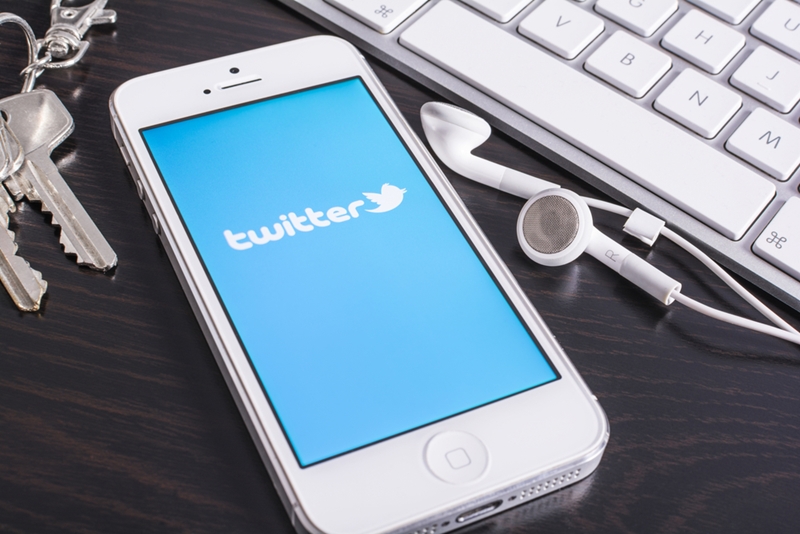Business Television
Quisque lorem quis efficitur felis. Duis pharetra for amet ultricies augue ipsum glavrida dolor!
Quisque lorem quis efficitur felis. Duis pharetra for amet ultricies augue ipsum glavrida dolor!
Honcus felis sagittis nec consectetur ipsum glavrida dolor lorem ipsum eget ametistos.
Nullam non feugiat quam. Integer id vehicula velit. Curabitur purus vel tellus odio et sem pulvinar.
Fios ipsum glavrida dolor lorem quis efficitur felis. Duis pharetra for amet ultricies glavrida.
With more and more users searching on their mobile devices, giving them the option to call and speak with someone directly has played a huge role in improving conversions.
Search Engine Marketing (both paid and SEO) is one of the most effective form of customer acquisition. While there is a lot of focus on growing organically through Search Engine Optimization, marketers should not dismiss Pay Per Click Advertising. Even if your website is ranked #1, data showed that paid ads provides 50% incremental clicks. This number is even greater when the organic result rank 5 or below. Thus, whether your website is ranking in the top 3 spots or lower, pay per click advertising can help boost your visibility and generate traffic that might have been missed.
There are many reasons marketers are investing time, attention and cash in their e-commerce ad campaigns. New trends and features in pay-per-click advertising models are providing us with more keyword level control than ever. The rise of online product listing ads – as well as increasing improvements around product listings themselves – is also creating more product awareness among consumers who shop online.
Google AdWords dominates the paid search industry and is certainly crucial to many online campaigns. But marketers shouldn’t overlook the benefits of Bing ads.
A boost to search volume
One misconception that marketers and consumers alike share is that Google somehow controls all online searches. There’s actually more diversity of search methods than many people realize. According to comScore’s “April 2015 U.S. Desktop Search Engine Rankings,” Yahoo sites account for 12.7 percent of search volume and Microsoft sites account for 20.2 percent. Google gets 64.2 percent – a high percentage, but not exactly a monopoly.
Bing Ads serves pay-per-click ads for Yahoo and Microsoft sites. Can your brand afford to miss out on nearly one-third of searches?
Marketers and consumers have something in common: Neither group knows quite what to make of mobile advertising. But we’re getting there. We know, for instance, that consumers are willing to view certain ads they consider relevant to them. Yet there is an overall aversion to the prevalence of mobile advertising, PwC reported recently. That – and the relative newness of this advertising trend – may help explain why marketers are not unanimously on board with every aspect of mobile programmatic advertising.
Marketers do value mobile advertising, though. Different brands and organizations tend to focus on the aspects that are most relative to their current marketing campaigns. More and more, marketers are shifting funds from other formats to fold mobile strategies into their programs. In the latest IAB Mobile Center’s “Marketer Perceptions of Mobile Advertising” research, a holistic look at marketers’ views of mobile, two out of five marketers agreed that mobile programmatic advertising would help them reach their target audiences.
It’s not hard to imagine a future where interactive marketing messages are nearly inescapable. As advertising increasingly gets incorporated into our every device, brands will have even more opportunities to interact with consumers in every aspect of their lives – and will tailor their messages accordingly. As marketing gets customized to consumers’ particular tastes and interests, it’s worth asking: What future is there for mass marketing?
The Wall Street Journal went so far as publishing a farewell to mass marketing recently. The article envisioned a future in which advertisers will pinpoint the exact moments and needs that users have and supply consumers with the solutions they are looking for in real time. In other words, the more ways we have to reach the masses, the less relevant mass marketing could become.
We’re already witnessing a mass trend toward customization in marketing, aided by new software packages, social media and other technology. But traditional mass marketing hasn’t gone away, either. Marketers won’t stop trying to reach large swaths of consumers in broad geographical areas any time soon, and they’ll probably continue using some of the same methods for doing so.
 You put so much effort into both attending and planning memorable events. Why not leverage those experiences to your advantage? Live-tweeting allows anyone from stakeholders at their desks to customers on the train to follow the highlights of an event. It will not only prompt attendees to keep the conversation going, but extend the life of the event.
You put so much effort into both attending and planning memorable events. Why not leverage those experiences to your advantage? Live-tweeting allows anyone from stakeholders at their desks to customers on the train to follow the highlights of an event. It will not only prompt attendees to keep the conversation going, but extend the life of the event.
Live tweets are another layer of event-related content that helps marketers expand their audience and increase influence in their industry. It’s one of the best ways for people to engage with your business after an event, and you can attract new followers and drive people to your website.